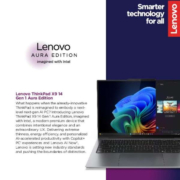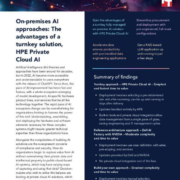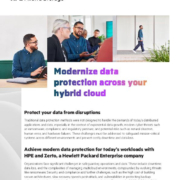The ‘Accelerate AI success with NVIDIA AI Computing by HPE’ content piece introduces a powerful tool to help organizations unlock new insights and redefine their business operations using advanced AI technology. As it reveals, 94% of organizations plan to increase their AI budget over the next 12 months, indicating AI’s growing acceptance. However, common barriers such as data leakage, risk management, and skills deficit hinder most from moving beyond the planning phase. HPE has partnered with NVIDIA to surmount these challenges, offering a comprehensive range of services and training. Their co-developed AI solutions simplify AI adoption, promising a faster, more flexible path to generate AI applications. HPE’s solutions offer stability and flexibility, providing opportunities to monetize existing IT investments and introducing innovative financing structures. Take a leap towards transformative success with NVIDIA AI Computing by HPE and reshape your business’s future. Contact us today to learn more and get started.
View: Accelerate AI success with NVIDIA AI Computing by HPE








